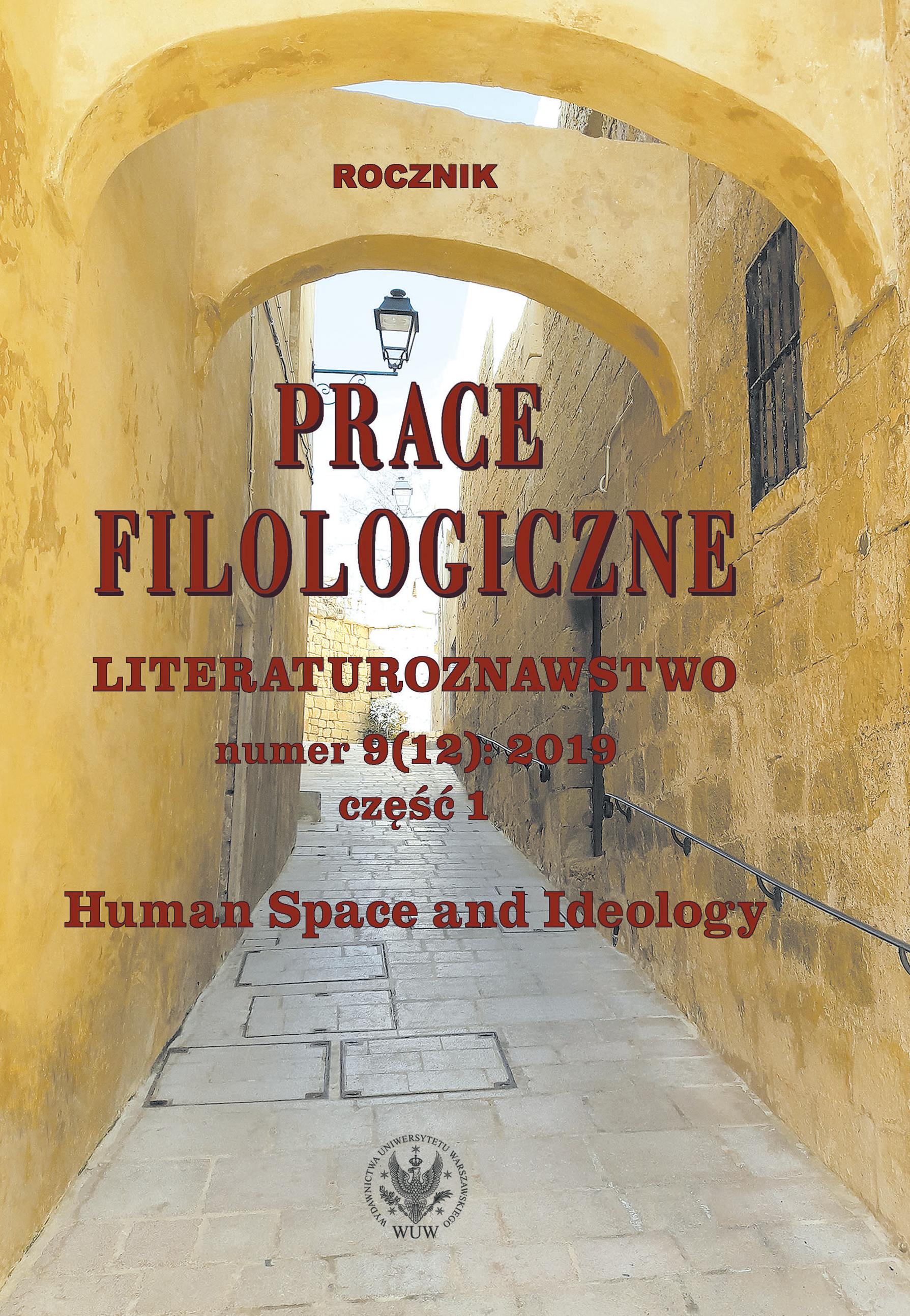A Domestic Space: The Central and Eastern Carpathians in the Polish Tourist and Local Lore Discourse, 1918–1939
[Krajobraz rodzimy. Środkowe i Wschodnie Karpaty w polskim dyskursie turystycznym i krajoznawczym lat 1918–1939]
A Domestic Space: The Central and Eastern Carpathians in the Polish Tourist and Local Lore Discourse, 1918–1939
Author(s): Jagoda WierzejskaSubject(s): Language and Literature Studies, Studies of Literature, Philology, Theory of Literature
Published by: Wydawnictwa Uniwersytetu Warszawskiego
Keywords: domestic landscape;national landscape;regionalism;mass tuorism;Carpathians;
Summary/Abstract: The article presents various ways of ideologization of the Central (Boyko and Lemko regions) and Eastern (Hutsul region) Carpathians in interwar Poland. After the Polish-Ukrainian War (1918–1919), that part of the Carpathian mountain range was situated in the Second Polish Republic. In contrast to the Tatras, which played the role of Polish national landscape, the Carpathians were alien to Poles in terms of ethnicity and culture. Thus, the Polish authorities, as well as touristic and local lore organizations, sought and largely managed to transform these mountains into a domestic landscape, which was no center of national identity but constituted an important spot on the mental map of the Polish national community, recognized as an undeniable part of Polish statehood. The article shows how the exoticization of the Carpathians, state holidays, and the development of state-funded mass tourism resulted in the increased sense of familiarity between Polish lowlanders and highlanders and, consequently, the symbolic inscription of the Carpathians into the Polish domain and common imagination.
Journal: Prace Filologiczne. Literaturoznawstwo [PFLIT]
- Issue Year: 1/2019
- Issue No: 9 (12)
- Page Range: 33-62
- Page Count: 30
- Language: English

